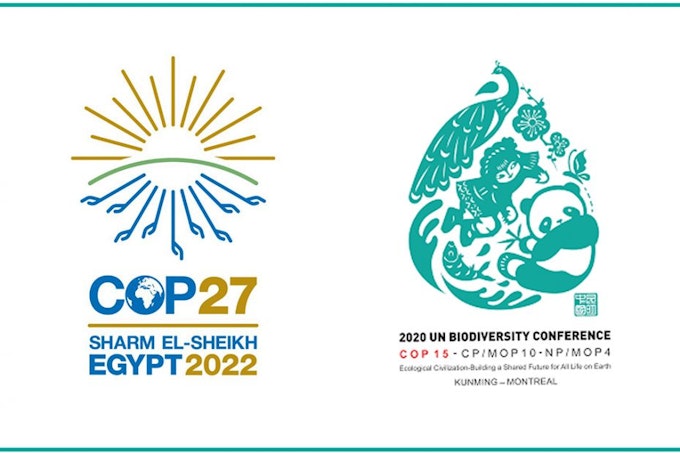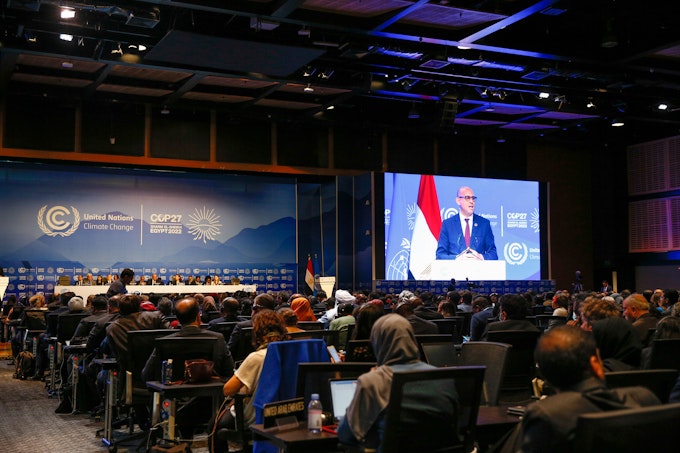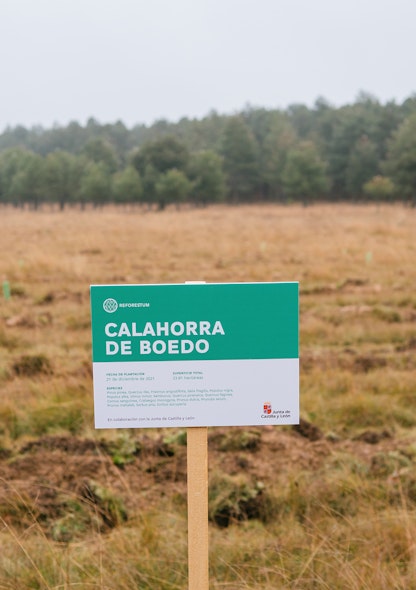What legacy did COP27 on climate and COP15 on biodiversity leave us?
What are the differences between COP27 and COP15?
Before explaining what conclusions are drawn from COP27 on climate and COP15 on biodiversity, it is worth taking a step back and clarifying why there are different "COPs".
Under the United Nations framework, there are three international political negotiating spaces dedicated to the following intrinsically linked environmental problems: climate change, desertification and biodiversity loss. For each of these, a convention was created with the aim of defining the roadmap for solving them:
- United Nations Framework Convention on Climate Change (UNFCCC), whose ultimate objective is to stabilize greenhouse gas concentrations at a level that would prevent dangerous anthropogenic interference with the climate system. This should be done within a timeframe sufficient to allow ecosystems to adapt naturally to climate change, to ensure that food production is not threatened and to allow economic development to proceed in a sustainable manner
- The Convention on Biological Diversity (CBD), whose objectives are the conservation of biological diversity and the sustainable use of the components of that biological diversity
- United Nations Convention to Combat Desertification (UNCCD), whose main objective is to combat desertification and mitigate the effects of drought in those countries experiencing serious drought and/or desertification (particularly in Africa, through effective action at all levels), supported by international cooperation and partnership agreements
The decision-making bodies of the UNFCCC, CBD and CNLUD are the so-called Conference Of the Parties (COP), which meet periodically to negotiate action to ensure that the objectives of their respective conventions are met. In November and December 2022, the 27th COP on climate in Sharm el-Sheikh (Egypt), led by the UNFCCC, and the 15th COP on biodiversity in Montreal (Canada), led by the CBD, took place. The last COP to Combat Desertification was held in May 2022 in Abidjan (Ivory Coast).
Although the COPs are held independently, climate crisis and biodiversity loss crisis are intertwined and need to be addressed together, which is probably why this year's climate and biodiversity summits were held back-to-back.

What were the objectives of climate COP27 and what was achieved?
The two main aspects that were expected from COP27 were:
- To define concrete actions and commitments on emission reductions (the United Nations considers that emissions in 2030 will be higher than in 2010, which in theory completely eliminates the possibility of limiting warming to below 1.5℃).
- To agree on a mechanism for financing loss and damage from climate change to the global south.
The biggest achievement of COP27 was to reach an agreement to create a loss and damage fund to help those countries that are suffering the most from the consequences of global warming and have contributed the least to it.
However, key aspects such as who will receive the financial aid, how, how much or which countries will contribute to the fund have not been finalized; these issues must be resolved before the next summit through a transitional committee made up of representatives of some twenty states. Nor is it known whether China will benefit or whether it will have to contribute to the fund, given that the United Nations considers it to be a developing country (which would allow it to benefit from the aid), yet it is currently the country that emits the most greenhouse gasses in absolute terms.
Beyond this, COP27 left little else in the way of progress. Despite the last two devastating reports from the climate change panel (the IPCC), this event has lacked climate ambition and no progress has been made on emissions reductions.

What were the objectives of COP15 and what has been achieved?
Biodiversity COP15 started without an international consensus on the macro target to be achieved in this decade (something like a 'Paris Agreement for biodiversity'), arising from a period of non-compliance with the Aichi Biodiversity Targets that had been set for the decade 2010-2020.
Therefore, the main mission of COP15 was to adopt a new global framework for biological biodiversity post-2020. And it succeeded: The UN conference concluded with a "historic" agreement to protect almost a third of the world's biodiversity.
The Kunming-Montreal Global Biodiversity Framework, consisting of 4 goals and 23 targets for 2030, has succeeded in establishing the so-called 30×30: to protect and conserve at least 30% of the world's land and sea area by 2030. In a way, this 30×30 for biodiversity can be considered analogous to the 1.5ºC climate limit reached in Paris, insofar as both are the reference target values for defining the actions to be carried out during this decade.
The deal also sets for this time horizon, among others, the targets of cutting food waste in half (which is related to sustainable soil management), reducing annual public subsidies harmful to biodiversity by 500 billion dollars, and increasing financial flows from developed to developing countries by 30 billion dollars per year. In addition, through the Global Biodiversity Framework, governments are sending a strong and unambiguous signal to businesses: they will be required to assess and disclose their risks, impacts and dependencies on nature.






